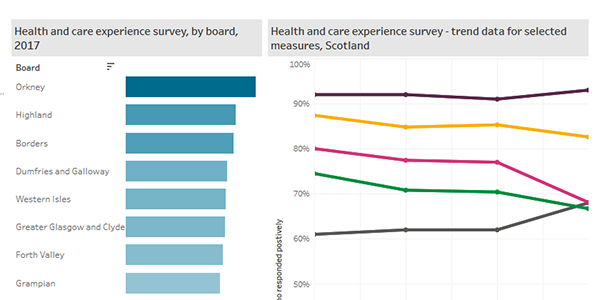Growing the primary care workforce a significant challenge

The Scottish Government is facing a significant challenge to increase the number of people working in GP surgeries, says the public spending watchdog.
Expanding the GP-based workforce is a key to the government's aim of moving more care into the community. But an ageing clinical workforce and problems with recruitment and retention will make it difficult for the government to meet its target of 800 new GPs. Similar pressures mean integration authorities will find it challenging to significantly increase the wider healthcare workforce.
Government commitments to train additional GPs, nurses and midwives are on track - but it is not clear how many will go on to join the primary care workforce on the ground. There is also a lack of national data on current workforce numbers, costs, activity and demand.
This data gap makes it hard for the government to plan the workforce effectively. And it will make it difficult to assess whether the new GP contract is achieving its aims. Meanwhile, much more needs to be done to explain the changes in primary care to the public and how they affect the rest of the health system.
Caroline Gardner, the Auditor General for Scotland, said:
"Scotland's primary care workforce is under pressure and operating in an uncertain climate. That makes detailed planning for the future even more important.
"To date, the Scottish Government has introduced major policy changes without a reliable basis for its plans. It now needs to get a much clearer picture of the workforce and set out detailed plans addressing how its initiatives will improve patient care and deal with future demand on services."
Our interactive Tableau visualisation illustrates the number of GPs in post, absence and vacancy rates, and the projected gaps between the targeted number of GPs and how many there could be under different scenarios.






